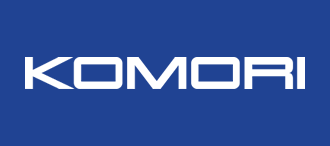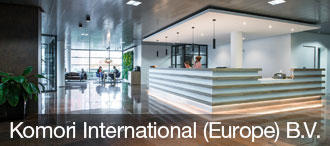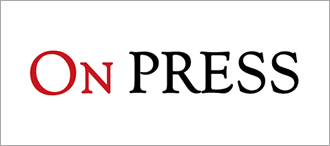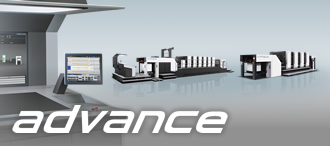Alignment of overhanging signature: Having the right cutting technology vastly improves perfect binding productivity
POSTPRESS NOTE
05 August 2020
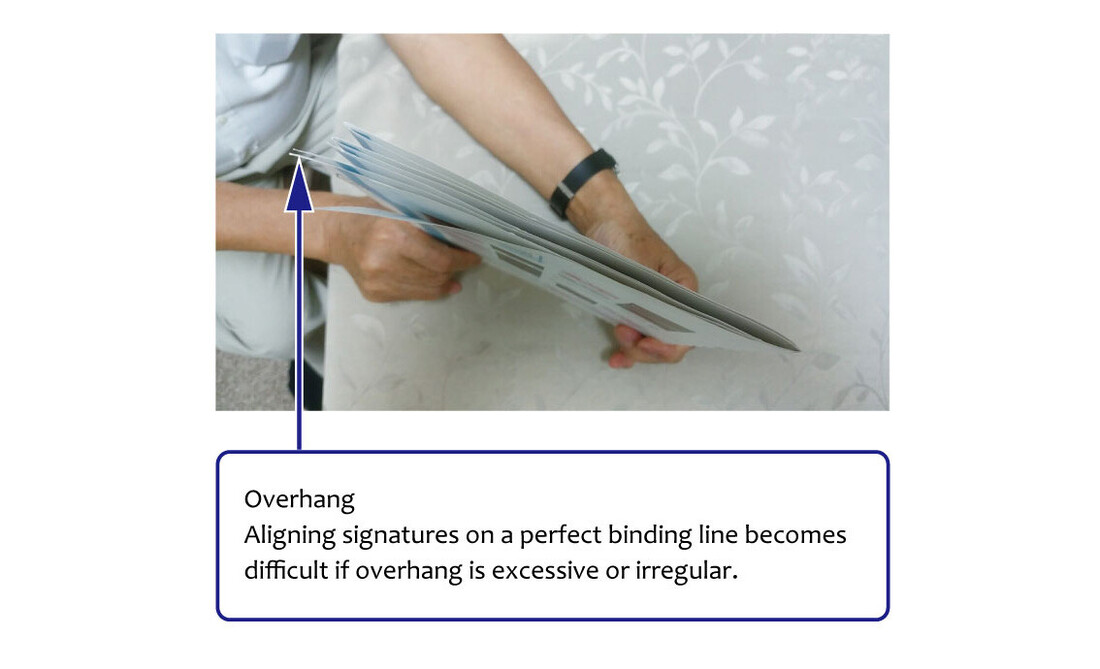
Solving the Overhang Problem
Folding printed sheets for perfect binding at the register marks when the printing area is too small for the paper may result in some signatures having overhang protruding as shown in the photo above. If signatures with differing degrees of overhang are gathered, alignment in the perfect binding line will be difficult, leading to a decrease in productivity.
In an industry where severe competition is driven by short turnaround and high quality, we should eliminate this problem. To align signatures as much as possible by minimizing overhang, try trimming for size adjustment of folded signatures together with blank sheets that have been separately cut before printing.
Among specialized bookbinding firms, preparation of printed sheets and signatures is routinely performed. When making a book, multiple printing companies are often responsible for different parts, such as the cover or text block. On the bindery floor where parts are collected and processed, it is necessary to combine printed sheets that do not have the same printing position and printing gap size.
Therefore, parts that overhang are finely cut off in the bindery with a cutting machine by visualizing the appearance the printed sheets after folding. Depending on a production schedule, signatures may be cut after folding. Uneven overhang can reduce the productivity of a perfect binding line to the extent that this preparation is required.
Taking time with cutting before printing may greatly contribute to delivering high-quality products to clients with an even shorter deadline. Try making a sample of a folded signature and check the amount of overhang.

